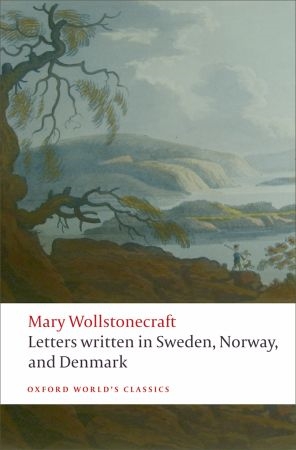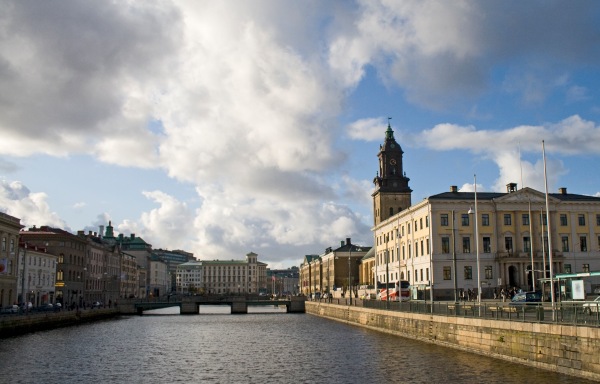
“If ever there was a book calculated to make a man in love with its author, this appears to me to be the book.”
William Godwin, the author’s future husband, was not alone in admiring Letters written during a short residence in Sweden, Norway, and Denmark, Wollstonecraft’s most popular book during her lifetime. Not easy to categorize, it is both an arresting travel book and a moving exploration of her personal and political selves.
Wollstonecraft set out for Scandinavia just two weeks after her first suicide attempt, on a mission from the lover whose affections she doubted, to recover his silver on a ship that had gone missing. With her baby daughter and a nursemaid, she travelled across the dramatic landscape and wrote sublime descriptions of the natural world, and the events and people she encountered. What emerges most vividly is Wollstonecraft’s courage and ability to look beyond her own suffering to the turmoil around her in revolutionary Europe, and a better future.
This edition includes further material on the silver ship, Wollstonecraft’s personal letters to Imlay during her trip, an extract from Godwin’s memoir, and a selection of contemporary reviews.
 This audio guide is presented by Professor Jon Mee, of Warwick University, who wrote the introduction to the Oxford World’s Classics edition.
This audio guide is presented by Professor Jon Mee, of Warwick University, who wrote the introduction to the Oxford World’s Classics edition.
1. “Something that characterized her entire life was this desire to find a position for an independent woman in a society that really did not think that women should be independent.” Jon Mee here introduces Mary Wollstonecraft’s life: her family background, the formative years she spent in France in the aftermath of the revolution, and the publication of The Vindication of the Rights of Woman, and her relationship with William Godwin. He also explains why she was dubbed “a hyena in petticoats” by one critic after her death. To listen, click here . [6:58]
2. A description of the waterfall at Frederikstad. John Mee reads a short extract from the book which much impressed Wollstonecraft’s contemporaries and discusses its salient features: “It’s not so much focused on detailed natural description as her own emotional and mental responses to the nature she finds around her in Scandinavia… She finds in it an experience of the sublime.” Click here to listen to the extract. [2:18]
3. Mary Wollstonecraft’s unhappy love affair with the American Gilbert Imlay led to her attempting suicide. Yet shortly after her overdose of laudanum, she set off for Scandinavia in order to try to track down a cargo of French silver belonging to Imlay which had disappeared en route. This is the journey which would lead to the Letters written in Sweden, Norway, and Denmark. Click here to learn more. [3:40]

4. What interested Mary Wollstonecraft on her travels? As Jon Mee reveals here , it was much more than just describing the places she saw. [1:55]
5. The sublime in nature: Jon Mee discusses here how Mary Wollstonecraft’s view of the sublime in nature differed from prevailing views which incorporated both awe and fear. She was also not averse to the charms of the picturesque. [4:15]
 6. Here Jon Mee describes Mary Wollstonecraft’s itinerary, emphasizing how unusual it was for a foreign woman to be travelling effectively alone in this period. [4:53]
6. Here Jon Mee describes Mary Wollstonecraft’s itinerary, emphasizing how unusual it was for a foreign woman to be travelling effectively alone in this period. [4:53]
7. “Part of the power of the book is the way that, as well as being an important travel book, as well as offering a commentary on the state of European politics after the French revolution, it also powerfully maintains Wollstonecraft’s interest in the rights of women.” Click here to hear more about her ongoing interest in this subject.[2:49]
8. How was Wollstonecraft’s book received by her contemporaries and what part did it play in her posthumous reputation? Click here to find out. [3:59]
